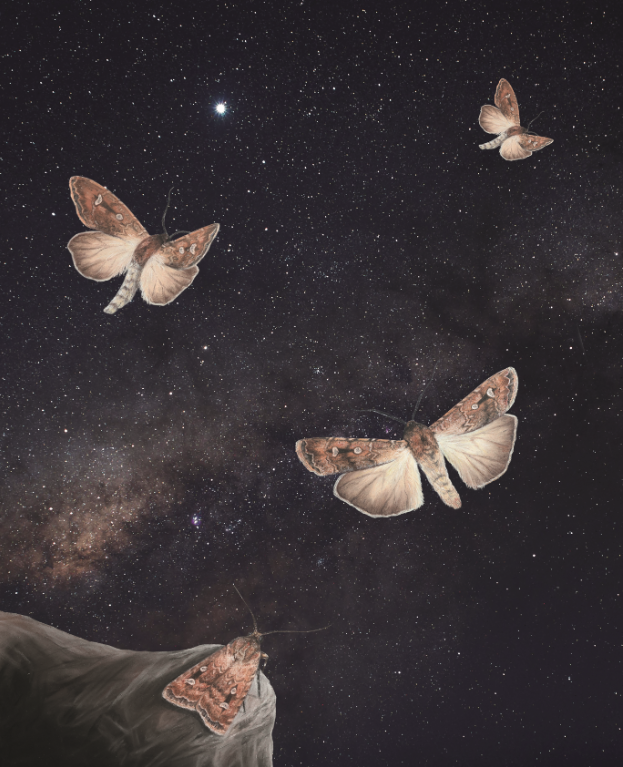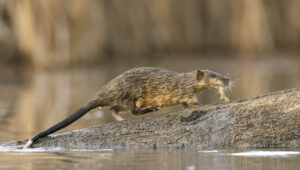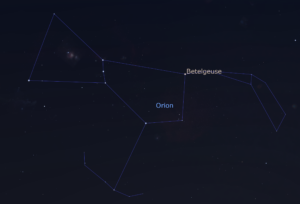Imagine travelling to a new and distant place using only your senses to guide you.
This is life for Australia’s bogong moths. Each spring, they migrate up to 1000 kilometres to remote caves in the Australian Alps.
A new study has found these little moths have a navigational trick up their wing – they use the stars and Earth’s magnetic field to find their way.
Caption: Alpine meadows near Bogong Caves
Credit: Eric Warrant
A PUZZLING ENIGMA
For decades, the bogong moth’s exceptional navigational skills have puzzled scientists, including Professor Eric Warrant from the University of Lund in Sweden, the lead author of the study.
“How do they know the direction to fly in and how do they know when to stop?” asks Eric.
“These are really exciting questions in an animal with a very small nervous system, a very small brain and tiny eyes.”
To put these moths’ journey into perspective, Eric says it would be like a human travelling “twice around the circumference of the Earth with no other aid apart from their own senses”.
Quite an incredible feat.
A MAGNETIC MOTH
In a 2018 study, researchers discovered the bogong moth can sense the Earth’s magnetic field and use it as a guide. Now, the same team of scientists have revealed that magnetism is just part of the story.
“If you go to the Australian bush where these moths live and look around you at night, one of the most obvious visual landmarks is the Milky Way,” says Eric.
“We know that daytime migratory insects use the Sun, so testing the starry sky seemed an obvious thing to try.”
To test their hypothesis, Eric and his colleagues built a special non-magnetic lab in a remote, rural location to avoid any interference from the outside world.
Inside the lab, they created simulations of the night sky and the Earth’s magnetic field. Their results were astonishing.
Caption: Non-magnetic lab set up by Eric and colleagues.
Credit: Eric Warrant
“I think the biggest surprise was discovering that bogong moths can migrate … under a projected image of the natural local starry night sky and in the total absence of the Earth’s magnetic field,” says Eric.
When the researchers turned the artificial night sky 180 degrees, the moths flew in the opposite direction. And when the stars were randomised, the poor moths were just confused.
It turns out the magnetic field is a backup navigational aid the moths rely on during cloudy conditions when the stars aren’t visible.
“This indicated that the moths fell back on the only other cue which was available – the Earth’s magnetic field – proving that they not only have a stellar compass but also a magnetic compass,” says Eric.
THE PATH AHEAD
While scientists don’t yet fully understand how the moths sense the Earth’s magnetic field, Eric has a theory.
In an unpublished study, Eric and his team found these moths likely use a system based on a chemical reaction involving a type of protein called a cryptochrome.
These light-sensitive proteins may affect the function of other cells that help to sense Earth’s magnetic field and could be the key to the moth’s extraordinary navigating skills.
Caption: A flight arena, used to track changes in the flight direction of the moths (relative to north).
Credit: Eric Warrant
Now the team are turning their attention to another big question: how do the moths know they have reached their destination?
“We are starting to work on the second question now to determine the sensory cues that might be associated with the destination,” says Eric.
The team are also eager to better understand how the moth’s tiny brain processes both stellar and magnetic information to guide its epic journey.









